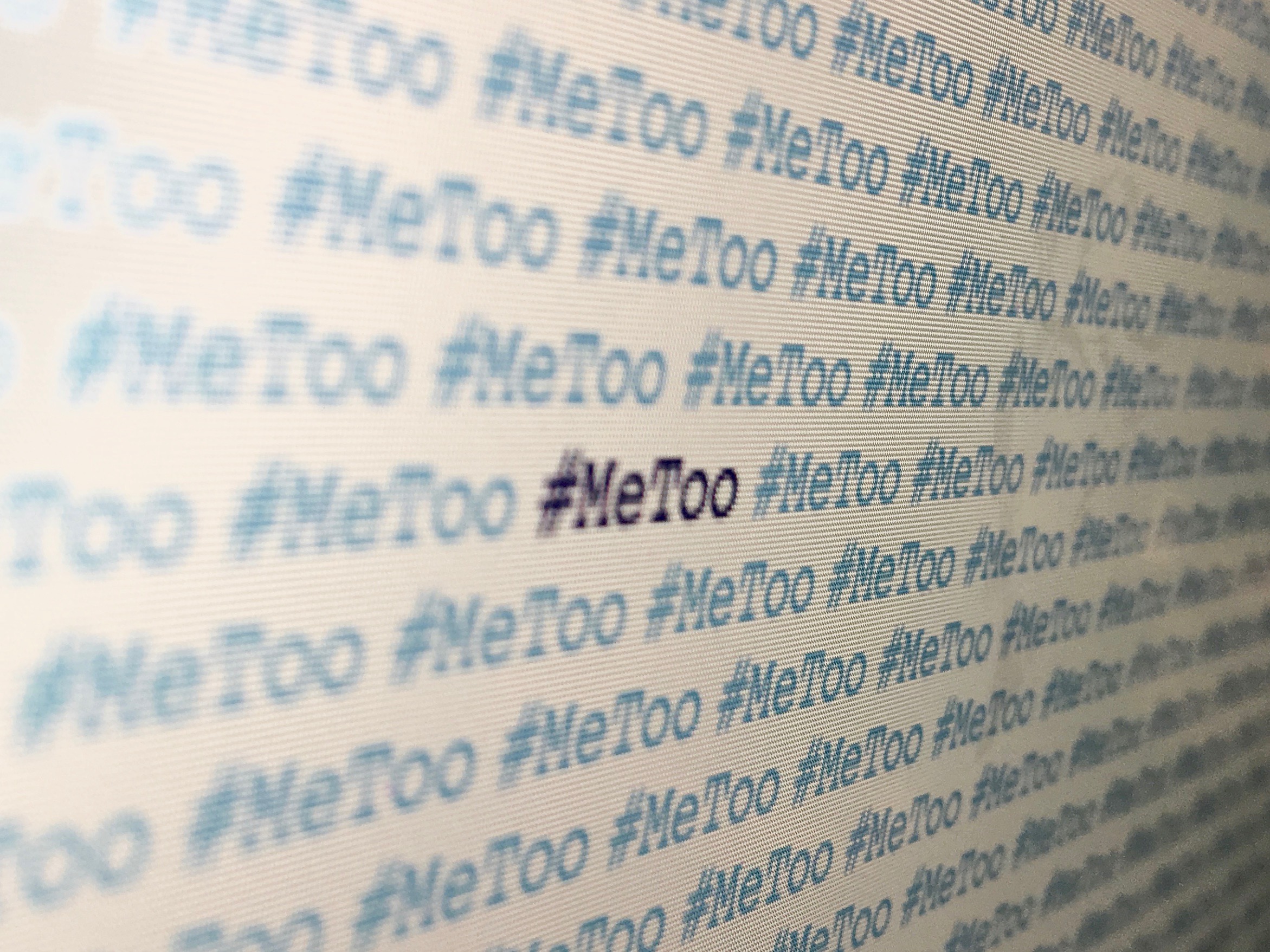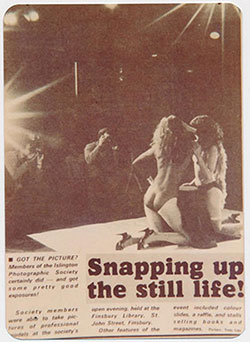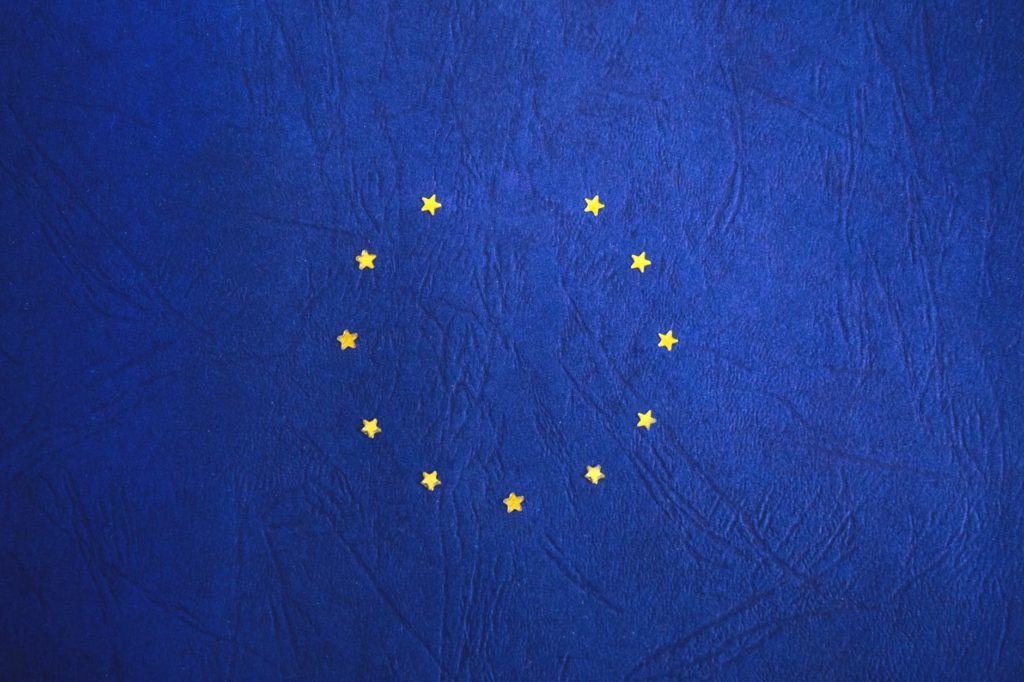Professor Adam Gearey from Birkbeck’s School of Law writes about the horrific scandal of Ireland’s Mother and Baby Homes, and how its representation in literature may play an important role in the recently opened Commission of Investigation.

A conference this weekend in Dublin City University is dedicated to ‘law and literature’ in Ireland. What is law and literature; and how can this kind of scholarship shed light on matters of public concern? Literature compels us to think about matters that are left unresolved when courts have ruled. In particular, the poet Annemarie Ní Churreáin’s book Bloodroot asks its readers to think about the lives ruined by the abusive regime of the Mother and Baby Homes. Mother and Baby Homes operated throughout Ireland from the early 1900s to more or less the present day. They were institutions run by the Catholic Church for women “who became pregnant.” Women who survived Mother and Baby Homes describe them differently—there are many stories of duplicity, exploitation abuse and forced separations. As Emer O’Toole has written: “women were incarcerated in state-funded, church-run institutions called mother and baby homes or Magdalene asylums, where they worked to atone for their sins.” Mother and Baby Homes were thus part of a system of institutions that served to discipline women and girls; enforcing codes of sexual morality and social conformity. Although not unique to Ireland, recent events have forced a confrontation with the traumatic legacy of Mother and Baby Homes- themes that animate Ní Churreáin’s poems.
Survivors of Mother and Baby Homes have long maintained that church and state presided over the systematic abuse of mothers and babies. However, only recently have Mother and Baby Homes become the subject of a Commission of Investigation. In 2014 Cathleen Corless published research suggesting that there was a mass grave in the grounds of the Bon Secours Mother and Baby Home in Taum containing the remains of over 800 babies and young children. A Commission of Investigation was charged with gathering evidence on conditions in Mother and Baby Homes, mortality rates and adoption practices. Excavations carried out by the Commission established that there had indeed been a mass burial of human remains in a sewage tanks in the grounds of the Bon Secours Mother and Baby Home.
Although the Commission is yet to publish its final report, the “hospital empire” has been denounced in the Dáil, and Taoiseach Enda Kenny came under pressure to make a public apology. The Commission is seen as an important way of establishing the truth. But it is only a partial victory for survivors. The Commission has no power to consider those mothers and adopted children who were subject to forced adoptions. As Tanya Gold, has put it: the possibility of ‘restorative justice’ seems remote to those whose histories have been effectively erased, and who remain outside the scope of the commission.
The poet Annemarie Ní Churreáin’s addresses the lived realities of this history. She has described herself as a “daughter” of the Mother and Baby Homes. Her grandmother gave birth to her father in Castlepollard Mother and Baby Home in the early 1950s. As a single mother, she had to give the baby up for adoption.
How can the horror, the systematic ruin of so many families and so many lives be understood? As an introduction to Bloodroot, Ní Churreáin’s has written:
Ni Churreáin talks of her ‘wariness’ towards the state. ‘Wariness’ stems from words that mean being attentive, heedful or watchful. As a poet, Ní Churreáin is invoking an attentive heeding of those who have disappeared. Heedfulness is linked to an old Irish word which describes weeping and lamentation. Bloodroot is an elegy, a lamentation for loved ones and for what remains ‘unsaid’. The power of law and the state may be able to silence, and to compel speech, but Ní Churreáin remains attentive to those who cannot speak. When the Commission publishes its final report, Bloodroot will be read as its essential supplement. If the Commission cannot recover evidence relating to the trauma of survivors, then perhaps poetry can remain heedful. If the suffering of many survivors is absent from official record, Bloodroot affirms: “[w]hat comes from desire cannot be erased”.









 The Brexit process has, in short, pushed the UK government away from what was, until recently, a clearly stated policy – to repeal the
The Brexit process has, in short, pushed the UK government away from what was, until recently, a clearly stated policy – to repeal the